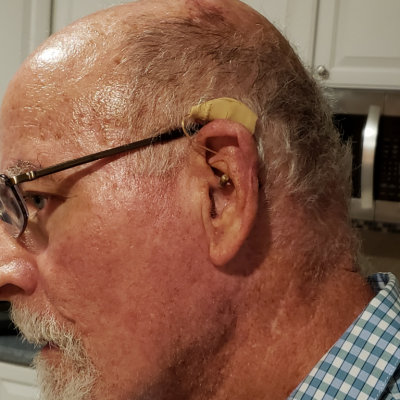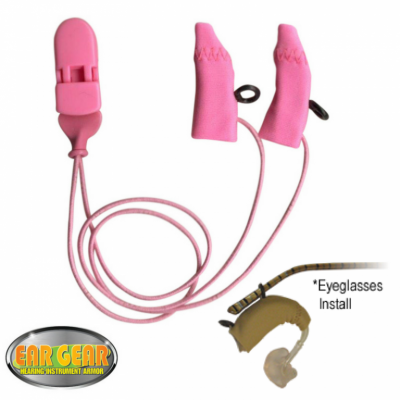
For some of us, a cool breeze on the face is a soothing and refreshing experience. But for those who wear a hearing aid, wind on your face – and in your ears – can be a highly annoying and disruptive experience. Thankfully, there’s an easy fix for dealing with wind noise if you wear a hearing aid.
But first, why is wind such a problem if you wear a hearing aid?
How Wind Impacts Your Hearing Aid
Hearing aids are designed to be sensitive so you don’t miss out on important sounds and many are equipped with two microphones for this purpose. Unfortunately, wind is a noise they also pick up, which can impact overall sound quality. In fact, about 80% of those who wear hearing aids wear behind-the-ear models, which are especially sensitive to wind noise. Wind noise can impact our hearing experience on a number of levels.
Here are ways that wind noise can impact your hearing aid:
- Sound distortion: Wind can cause distortion in the sounds picked up by the hearing aid, making it difficult for the wearer to accurately perceive and understand speech or other important auditory cues. The sound of human speech, in particular, is distorted by wind noise.
- Increased background noise: Wind generates additional background noise, which can interfere with your ability to focus on desired sounds. This can be particularly challenging in outdoor environments.
- Masking of important sounds: Wind noise can mask or obscure important sounds, such as conversations, alarms, or warnings. It can also make it harder to distinguish between different sounds.
- Reduced speech clarity: Wind noise can reduce speech clarity by introducing a constant noise that hinders your ability to discriminate between different speech sounds. This can make it difficult to have a normal conversation.
- Feedback and whistling: Wind can also cause air turbulence around your hearing aid microphone or receiver, leading to feedback or whistling sounds. This can be both uncomfortable and interfere with your ability to hear other sounds properly.
- Discomfort and distraction: Strong wind blowing directly into your hearing aid can cause physical discomfort and distract you from focusing on conversations or important sounds.
- Directional hearing difficulties: Many hearing aids have directional microphones that can help you focus on sounds coming from a specific direction. Sometimes this can be helpful because the microphone is not picking up on the wind noise. However, wind noise can also disrupt the microphone's ability to accurately pick up sounds from a desired direction, leading to difficulties in localizing sounds.
- Battery drain: Believe it or not, wind can also drain your hearing aid’s battery. The reason is, wind noise can make it difficult for your hearing aid to process sounds, which requires more power, leading to an increase in battery drain.
- Limitations on noise reduction features: Newer hearing aids often include noise reduction features. However, they may struggle to effectively differentiate between wind noise and other sounds. This can result in reduced effectiveness of these features in mitigating wind-related hearing difficulties.
- Communication barriers: Perhaps the worst impact of wind noise on a hearing aid is that it can cause communication barriers for individuals who wear hearing aids. One of the best things about wearing a hearing aid is that it enables you to be a part of the conversation and to enjoy social activities both indoors and outside. Thus, wind noise disruptions to your hearing aid can impact your overall quality of life.
Hearing Aids and Wind Noise Solutions
As technologies advance, hearing aids will become better at filtering out wind noise, however, it’s still a challenging problem for device manufacturers. In fact, smart phone and video camera manufacturers have the same challenge, as their microphones also pick up on wind noise, which can disrupt sound.
Thankfully, there’s a simple, effective, and affordable solution for reducing the impact of wind noise on hearing aids. Ear Gear makes hearing aid sleeves and covers for your hearing device that serve as a protective barrier to help to filter out wind noise.
Made with a durable, yet comfortable, nylon-spandex fabric, Ear Gear’s hearing aid covers are made for every make and model of hearing device. Not only do they reduce the impact of wind noise, they also protect your device from sweat, moisture, and dirt.
Furthermore, Ear Gear makes models that come with a stretch cord and clip, providing added protection against loss if your hearing aid falls off on a windy day or during physical activity.
Find the right Ear Gear hearing aid accessory for your make and model today.





